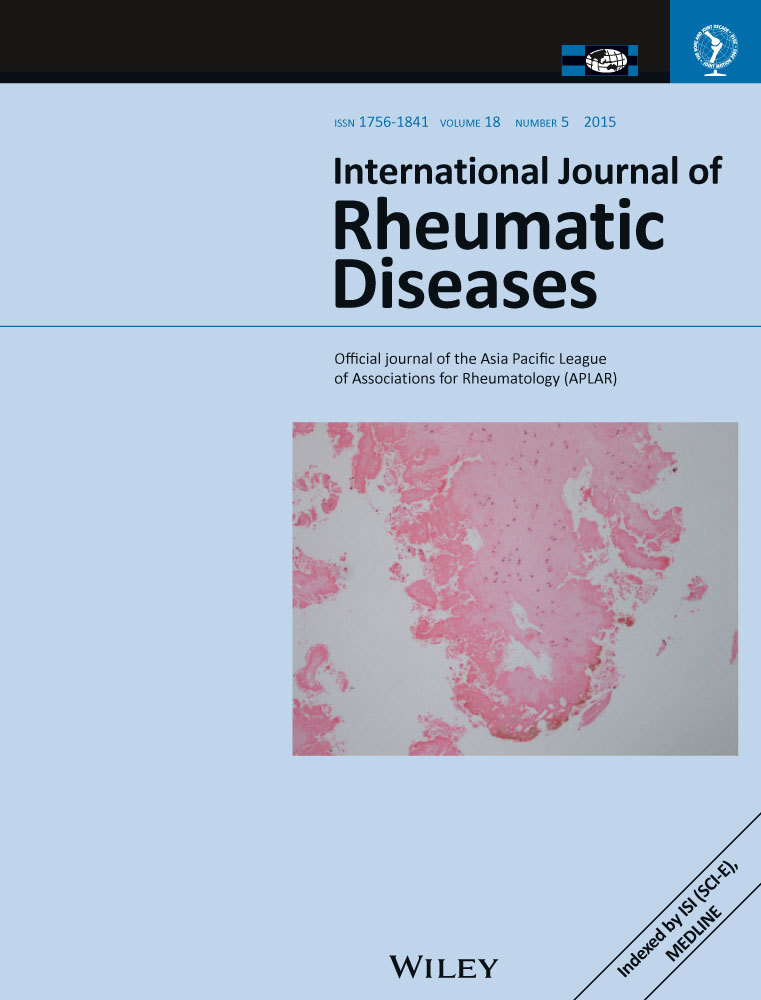Human neutrophil peptide 1–3, a component of the neutrophil extracellular trap, as a potential biomarker of lupus nephritis
Abstract
Objective
Human neutrophil peptides (HNP) were recently implicated in the neutrophil extracellular trap (NET) complex, the impaired degradation of which has been associated with lupus nephritis (LN).
Methods
Forty LN patients, 40 SLE patients without kidney injury, 63 immunoglobulin A nephropathy (IgAN) patients, 20 minimal change disease (MCD) patients and 33 healthy controls were included in the present study. LN, IgAN and MCD patients were diagnosed with renal biopsy. LN patients were followed for a median period of 5.5 years. Clinical and laboratory data at the time of renal biopsy and follow-up were collected for each LN patient. Serum levels of HNP1–3 were measured with enzyme-linked immunosorbent assay.
Results
Serum HNP1-3 levels in LN patients were significantly higher than for SLE patients without kidney injury (P < 0.001), IgAN patients (P = 0.012), MCD patients (P = 0.010) and healthy controls (P = 0.022). Serum HNP1–3 levels were an independent indicator of LN (P = 0.006, OR = 7.5, 95% CI, 1.782–31.842), were statistically correlated with urinary protein excretion (P = 0.009) and activity index (P = 0.042) and were only marginally correlated with neutrophils (P = 0.054) and white blood cell counts (P = 0.051). Serum levels of HNP1–3 were a predictor of proteinuria remission after correction for multiple parameters (multivariate hazard 0.209; 95% CI 0.046–0.951; P = 0.043).
Conclusions
The data from this study indicated that HNP1–3, one component of the NET, is a potential biomarker for LN.




